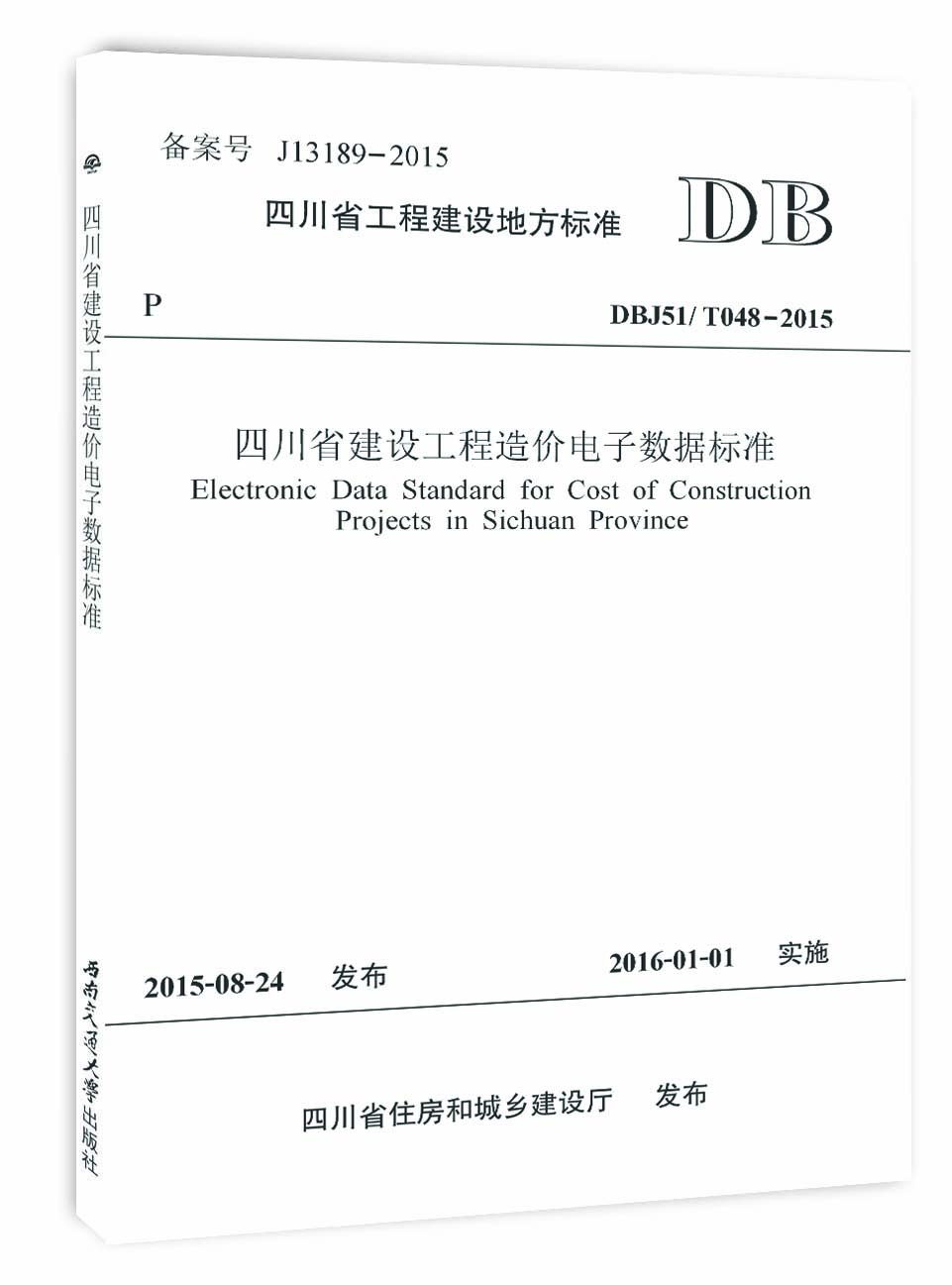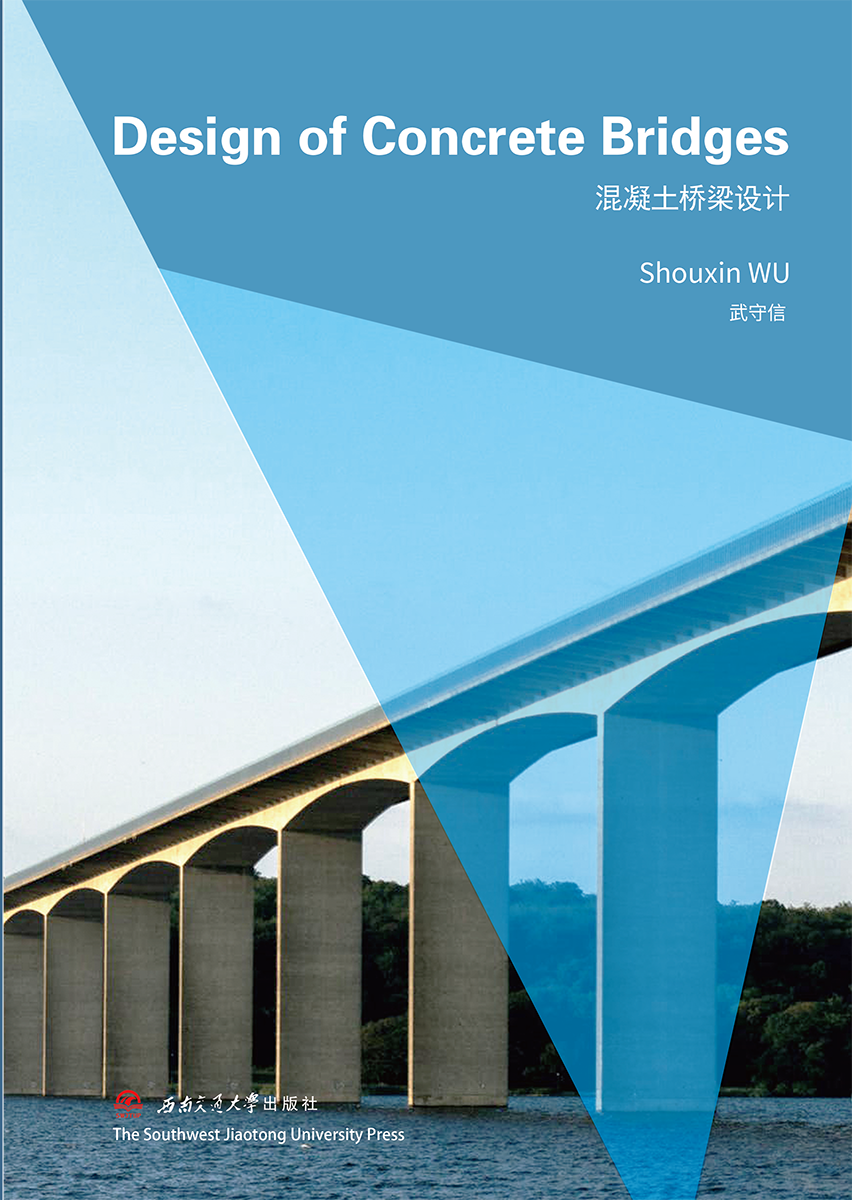-
 四川省建设工程造价电子数据标准
四川省建设工程造价电子数据标准作者:四川省建设工程造价管理总站, 主编
根据《关于下达四川省工程建设地方标准<;四川省建设工程造价电子数据标准>;编制计划的通知》编制而成。在编写过程中,编制组进行了广泛的调查研究,充分考虑了我省现阶段建设工程造价工作的实际情况,并征求了有关造价咨询单位、计算机辅助评标软件公司等以及行业相关主管部门的意见,同时参考了国内部分省市的相关标准。主要内容包括:总则、术语、基本规定、建设项目数据、单项工程数据、单位工程数据、数据字典、数据结构。
-
 建筑工程施工技术
建筑工程施工技术作者:王丽梅, 任粟, 邓明栩, 主编
本书为教材。主要对房屋建筑工程施工工序、工艺、质量标准等做了详细阐述,坚持以就业为导向,突出实用性、实践性;内容通俗易懂,文字规范、简练,图文并茂。全书共9章,包括土石方工程、地基及基础工程、钢筋混凝土工程、砌体工程、结构吊装工程、预应力混凝土工程、防水工程、装饰装修工程、高层结构施工等,以及一些其他民用建筑结构知识。本书从实际出发,理论联系实际,具有较强的实践指导价值和针对性。
-
 西南地区动植物辨析及野外生存指南
西南地区动植物辨析及野外生存指南作者:曹成全, 马中平, 主编
我国西南地区地形地貌复杂,自然资源丰富,是我国生物种类和生态系统最为丰富的地区之一。利用当地的生物资源,针对如何科学地取食、获取和加工有益食物,避免有毒动植物的危害,进行的编写。本书分动物、植物、菌类三篇,针对川黔渝(四川、贵州、重庆)、云南、西藏三个不同区域,图文并茂地详细阐述动植物的分布、形态特征、食用方法(或毒性、处理方法),科学性、可操作性和可读性较强,有一定的市场价值。本书由乐山师范学院和77156部队合作编写完成,适用于西南地区作战部队野外培训和作战,也适用于科研人员及实习师生参考。
图书分类
Book classification- 本书是面向土木工程专业硕士留学研究生的教材,汲取国内外同类教材的优点,融合了国内外著名教材的写作风格,将混凝土桥梁的设计和施工放在一起叙述,基于中国设计规范介绍中国铁路和公路混凝土桥梁的设计原理和计算方法,特别是当代混凝土桥梁设计的新理论和方法,并介绍欧美等国家的规范,作为参考。本书系统地介绍了钢筋混凝土和预应力混凝土桥梁的设计过程、规范背景和应用、以及典型桥例,介绍了中国铁路和公路桥梁建设的成就...查看更多
- Concrete is a widely used construction material in China, and indeed in the world. The application of prestressing techniques for bridges has extended the spanning capability of concrete bridges, and ...查看更多
-
Preface vii
Chapter 1 Introduction 001
1.1 Significance of bridges 001
1.2 Structural types of concrete bridges 003
1.3 Historic development of bridge building 011
1.4 Advance...查看更多 - 武守信,西南交通大学土木工程学院副教授;专业方向为桥梁工程;主讲留学生研究生全英文课程以及西南交大利兹学院全英文课程;参与多项国内大型桥梁的施工监控和科研项目。




